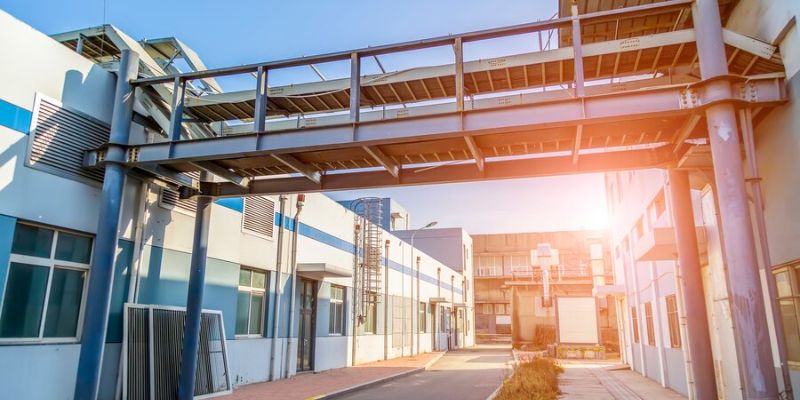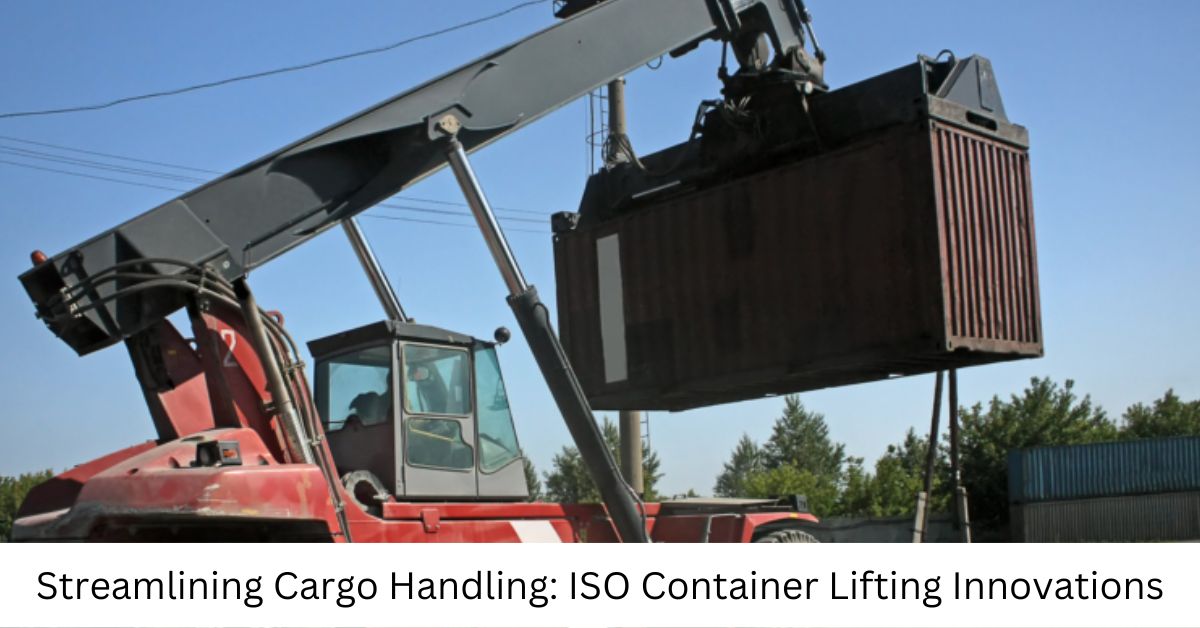In an era where sustainability and environmental consciousness are paramount, steel buildings have emerged as a frontrunner in eco-friendly construction. These versatile PEB Steel Structures not only offer durability and cost-efficiency but also make a significant contribution to a greener planet. This article will explore how steel buildings are pivotal in eco-friendly construction practices.
The Sustainability of Steel Buildings:
Steel Building: A steel building is predominantly made of steel components, including the frame, walls, and roof. It is known for its strength, longevity, and versatility in design.
-
Resource Efficiency
Steel is an incredibly resource-efficient material. Steel production involves recycling scrap metal, reducing the need for raw materials. Steel is one of the most recycled materials globally, contributing to the conservation of natural resources.
-
Reduced Energy Consumption
Steel buildings are designed with energy efficiency in mind. They allow for integrating insulation materials, efficient HVAC systems, and natural lighting solutions. As a result, Steel Structural Building can reduce energy consumption and minimize the carbon footprint associated with heating, cooling, and lighting.
-
Minimal Waste Generation
Precision manufacturing steel components for buildings results in minimal waste generation during construction. This contrasts with traditional construction methods, which often generate significant construction debris.
-
Sustainable Design Options
Steel buildings can incorporate sustainable design elements such as rainwater harvesting systems, solar panels, and green roofs. These features further reduce the structure’s environmental impact and contribute to sustainable practices.
-
Longevity and Durability
Steel buildings have a longer lifespan compared to many other construction materials. Their resistance to pests, rot, and decay requires less maintenance. This longevity reduces the need for frequent renovations and replacements, ultimately conserving resources.
-
Recyclability
Steel buildings are highly recyclable at the end of their useful life. The steel components can be dismantled and recycled into new steel products, extending the material’s life cycle and reducing the demand for virgin steel production.
-
Prefabrication and Modular Construction
Many steel buildings are constructed using prefabricated and modular components. This approach minimizes construction waste and reduces the environmental impact of the building process. It also allows for faster construction, reducing the need for on-site energy and resources.
-
Energy-Efficient Insulation
Steel buildings can incorporate energy-efficient insulation materials that help maintain comfortable interior temperatures. This reduces the reliance on heating and cooling systems, further lowering energy consumption.
-
Resistance to Natural Disasters
Steel structures are often better equipped to withstand natural disasters like earthquakes and hurricanes. This resilience protects the building and its occupants and reduces the environmental impact associated with reconstruction.
-
Adaptive Reuse
The adaptability of steel buildings makes them well-suited for adaptive reuse projects. Repurposing existing steel structures for new purposes reduces the need for new construction and conserves resources.
In conclusion, steel buildings have firmly established themselves as sustainable and eco-friendly construction choices. They promote resource efficiency, energy conservation, and reduced waste generation throughout their life cycle. As the world prioritizes sustainability, Steel Building is at the forefront of eco-conscious construction practices, contributing to a greener and more environmentally responsible future.



